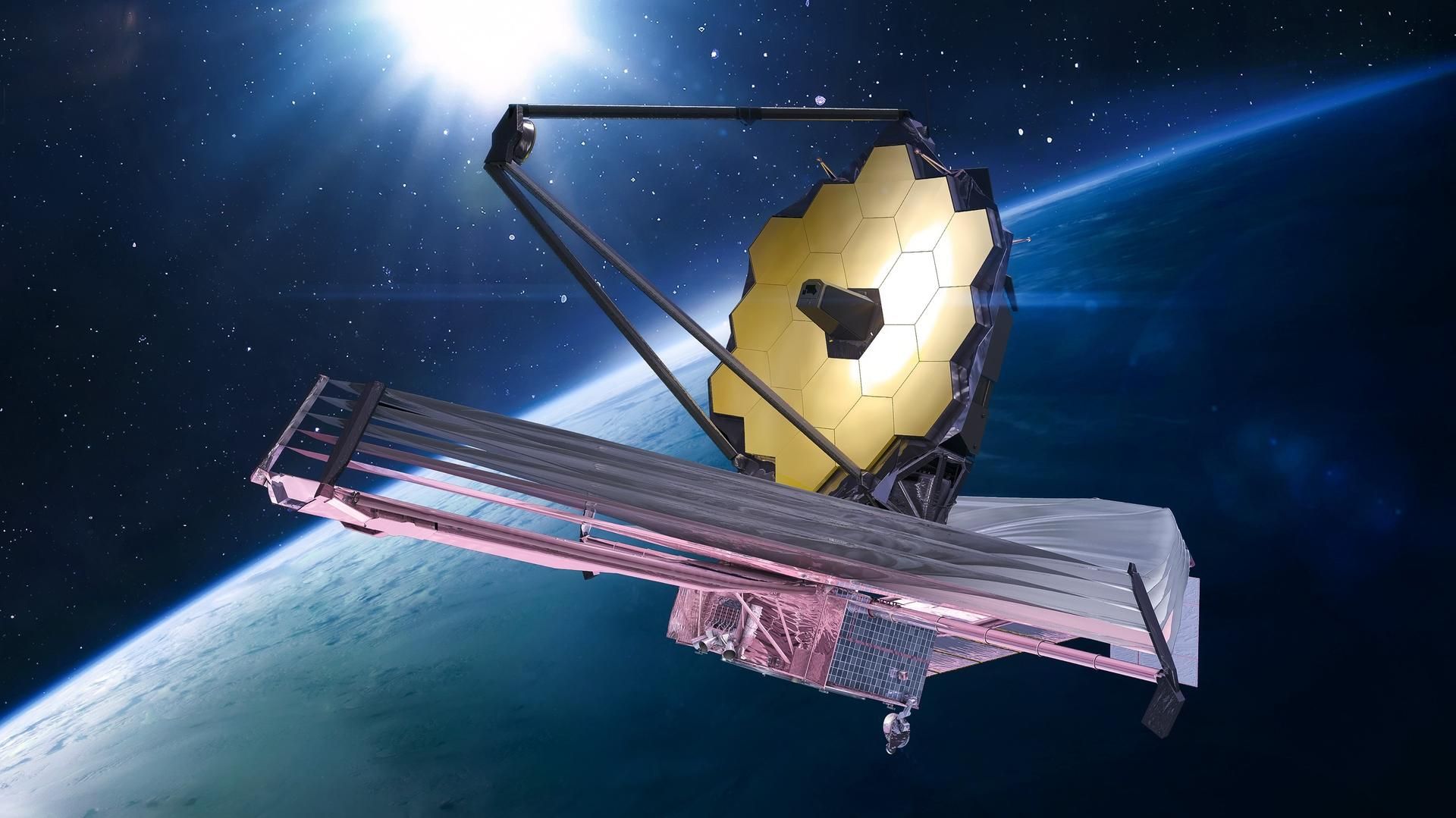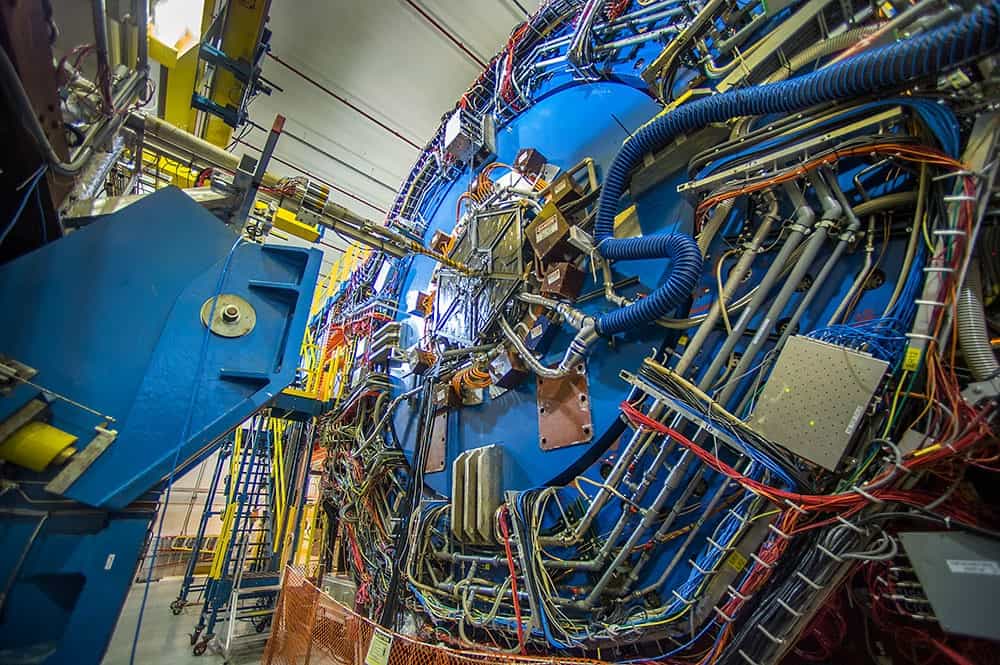A team of Chinese researchers have identified how different species independently evolve similar traits, revealing the potential of artificial intelligence (AI) in advancing evolutionary biology, according to
Xinhua News Agency, a…
Category: 7. Science
-

Chinese scientists use AI protein language model to uncover secrets of evolution
-

James Webb telescope may have spotted controversial ‘dark stars’ in the far universe
The second most distant object ever spotted by the James Webb telescope may be a ‘dark star’ powered by dark matter rather than nuclear fusion.
By looking at the wavelengths of light picked up by the James Webb Space Telescope (JWST), researchers…
Continue Reading
-

Gigantic magma chambers found beneath “dormant” volcanoes
A new study used earthquake waves to peer under the Cascade Range, revealing persistent pockets of magma beneath several quiet peaks. These pockets are not full lakes of magma, but zones of partial melt where hot rock contains some liquid.
Using…
Continue Reading
-

Hints of a boundary between phases of nuclear matter found at RHIC – Physics World
Hints of a boundary between phases of nuclear matter found at RHIC – Physics World